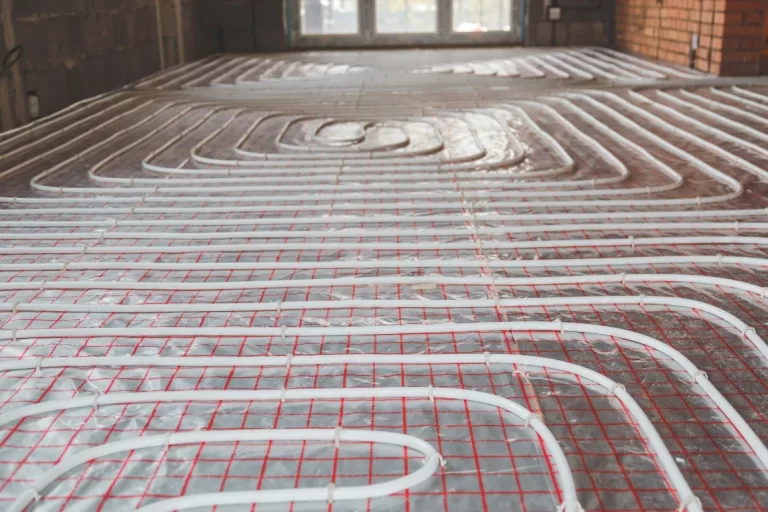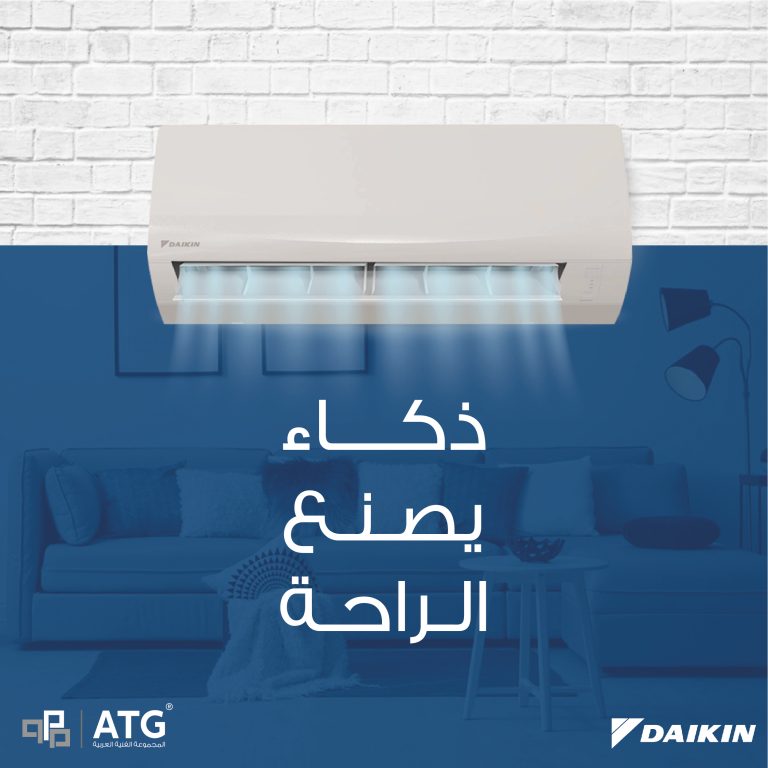Air purification solutions are designed to improve indoor air quality by removing pollutants, allergens, and contaminants from the air. There are various technologies and types of air purifiers available on the market. Here are some common air purification solutions:
1- High-Efficiency Particulate Air (HEPA) Filters:
- HEPA filters are effective at trapping particles like dust, pollen, pet dander, and mold spores.
- They are commonly used in standalone air purifiers and HVAC systems.
2- Activated Carbon Filters:
- These filters are designed to adsorb gases, odors, and volatile organic compounds (VOCs).
- Activated carbon is especially effective in removing odorous substances.
3- UV-C Light Purifiers:
- Ultraviolet (UV-C) light is used to kill or inactivate bacteria, viruses, and other microorganisms.
- UV-C purifiers are often integrated into air purifiers or HVAC systems.
4- Ionic Air Purifiers:
- These purifiers release negatively charged ions that attach to positively charged particles, causing them to settle out of the air.
- Some people prefer ionizers for their quiet operation, but they may produce ozone as a byproduct.
5- Ozone Generators:
- Ozone generators release ozone into the air, which can neutralize odors and kill certain bacteria and mold.
- However, excessive ozone can be harmful, so these should be used with caution and in well-ventilated areas.
6- Air Purifiers with Multiple Filtration Stages:
- Many modern air purifiers combine different filtration technologies for more comprehensive air cleaning.
7- Smart Air Purifiers:
- Some air purifiers come with smart features, allowing users to monitor air quality, control the device remotely, and receive alerts.
8- Portable Air Purifiers:
- These compact devices are suitable for smaller spaces or for people who want a portable solution for specific rooms.
9- Whole-House Air Purification Systems:
- Integrated into HVAC systems, these systems purify air throughout the entire home.
When choosing an air purification solution, consider factors such as the size of the area you want to purify, the specific contaminants you want to address, and any potential health concerns. Regular maintenance, such as replacing filters and cleaning components, is essential to ensure the effectiveness of the air purifier. It’s also important to note that while air purifiers can be beneficial, they are just one part of maintaining good indoor air quality, and proper ventilation and cleanliness are also crucial.







